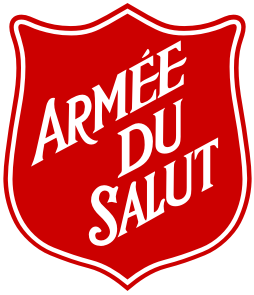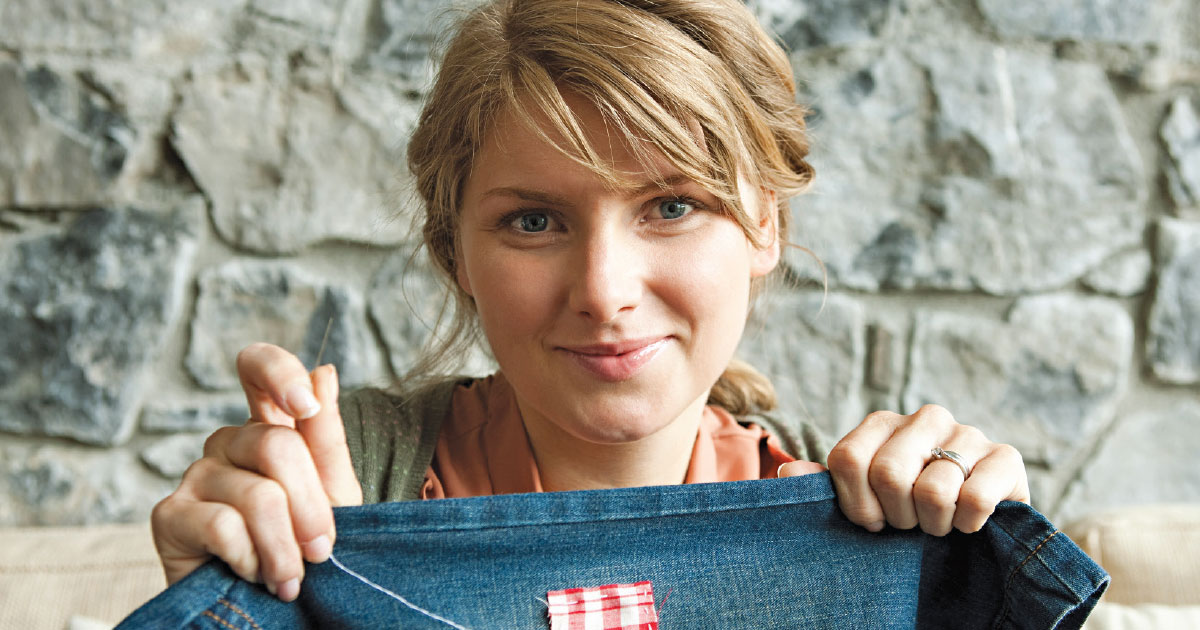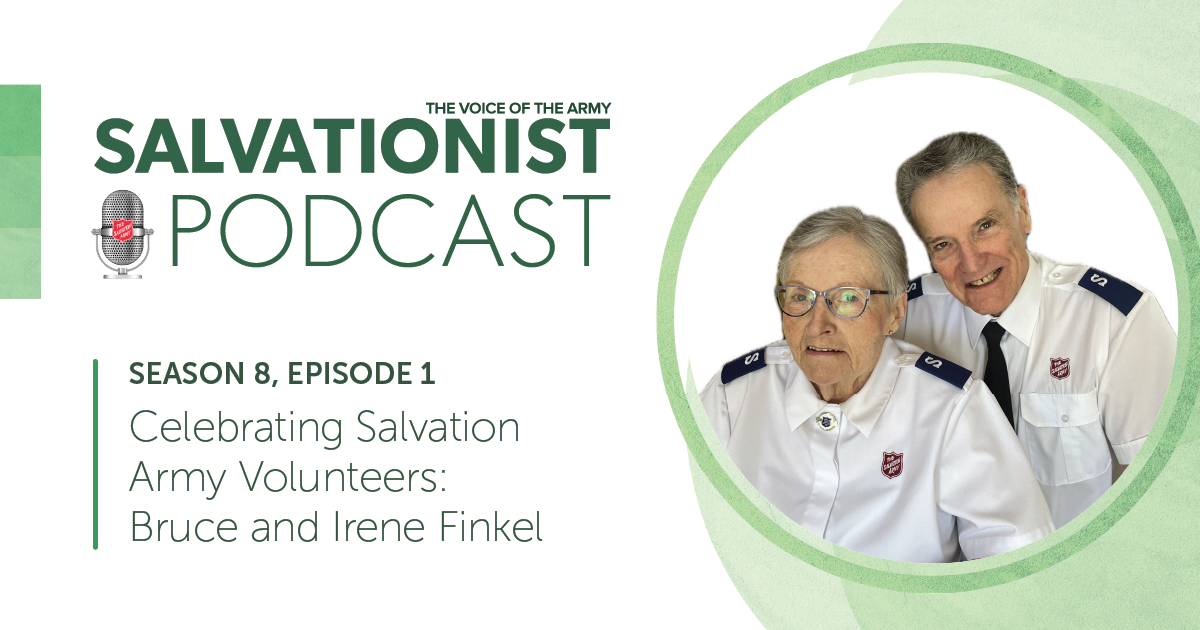A lot happened in 2020. But buried under headlines about the pandemic, the U.S. election and other important issues was a December report announcing that humanity had passed an important milestone: human-made materials—1.1 teratons of anything from concrete to plastic to glass—now outweigh natural life on Earth.
That fact hit me like a ton of bricks.
While much of this weight is tied up in infrastructure such as roads and buildings, a good amount inevitably comes from our household possessions, the stuff we surround ourselves with every day—and we’re drowning in it.
Over the past few years, many voices have spoken in favour of minimalism in a world that values bigger, better and more. Most notably, Marie Kondo’s KonMari method invites us to ask of our possessions, “Does this thing I own spark joy for me?” If not, it is to be discarded.
Nearly two years ago, I explored the KonMari method, documenting my thoughts in an article for Salvationist (“Sparking Joy,” May 2019.) While I have implemented some of Kondo’s methods in my household, I later discovered that I was asking the wrong question of my clothes and other possessions. It was no longer about whether a simple piece of fabric or plastic could bring me joy. Even the matter of whether I desired the item became a moot point. Rather, the question I began to ask was, “Does this thing I own fulfil my need today?”
With this in mind, I set out to practise the art of making do.
Making do is not another form of minimalist living. If Marie Kondo delights in discarding, making do is nearly the exact opposite. If an item still serves its function, even if it is no longer shiny or new, it should still be utilized. If an article of clothing has a hole in it, it should be mended rather than thrown out and replaced. Making do mitigates thoughtless consumption and unnecessary waste, and it causes us to reorient our relationship with things and to reconsider their value.
My early days of making do weren’t easy, and there have been days that I’ve slipped up. In Matthew 6:21, Jesus reminds us that, “Where your treasure is, there your heart will be also.” Hundreds of advertisements vie for our attention each day, pleading with us to consider their products a treasure. If we aren’t intentional about deciding what we treasure, the world will decide for us.
But since committing to making do, I’ve gone months at a time without buying an item of clothing, most of the gifts I give now are consumable, and I’m spending significantly less time filling online shopping carts. The result has been a healthier relationship with the possessions around me, and a greater emphasis on the relationships that really do matter: relationships with God, family and friends.
In times of scarcity, making do is rather straightforward. If we only have access to a limited supply of items, we will inevitably make things last. In times of abundance, however, it can be difficult to practise self-control when more or new is easily within reach. And we are living in a land of plenty.
What is necessary is a redefining of the term abundance. In John 10:10, Jesus says, “I have come that they might have life, and have it to the full.” But what does it mean to have abundant life?
I’m sure Rachelle Crawford, author of the blog Abundant Life With Less, is not alone when she shares, “For as long as I can remember, I was under the impression that an abundant life had to do with more. More comfort, more success, more money, nicer stuff, a better life, greater health.…”
Making do teaches that abundant life has nothing to do with the accumulation of more, or always having new. Instead, making do teaches that abundant life can, and should, exist alongside our accumulated possessions, not because of them. Living abundantly means living with more loving relationships, more peace, more contentment, more trusting in God’s provision. Making do reminds us that possessions fill a physical need, not an emotional or relational need. We are called to love God and people, not things.
Captain Laura Van Schaick is the divisional secretary for women’s ministries in the Ontario Division.
The Art of Making Do
How to live an abundant life with less.
by Captain Laura Van Schaick Opinion & Critical Thought
Photo: Image Source/Image Source via Getty Images
Salvationist Podcast: Celebrating Salvation Army Volunteers
Salvationists from Alberta share why they serve and how the Army can make volunteering more accessible.
PodcastBruce and Irene Finkel have served in The Salvation Army for decades.
Music Lessons
From Cambodia to the streets of Toronto, classical guitarist Jahred Warkentin has a passion for people.
FeaturesI believe God gave us music as a tool of worship, but also as a tool to help us understand our world through emotional expression and practical application.
Good Question: Reader Survey Results
Salvationist readers share their thoughts on the magazine and website in our latest survey.
NewsAn overview of the key themes that emerged in last year’s survey.










Comment
On Wednesday, March 24, 2021, Sue Derby said:
On Monday, March 22, 2021, Brigitte St-Germain said:
Leave a Comment